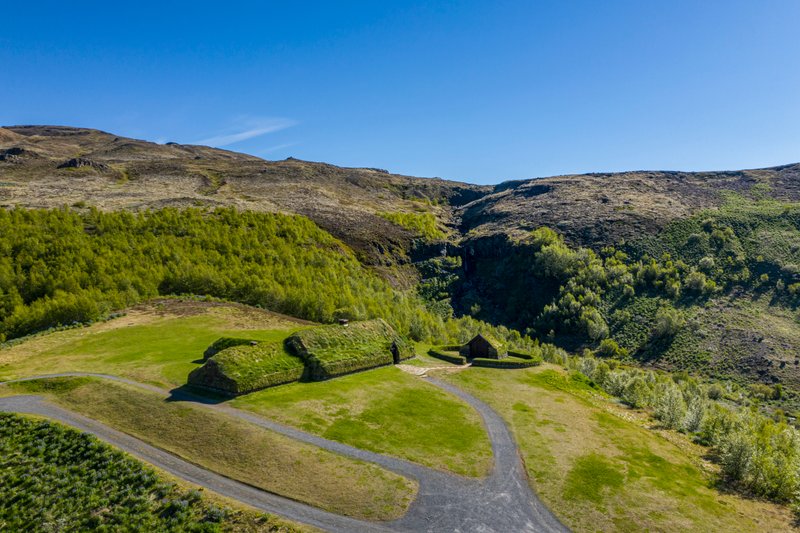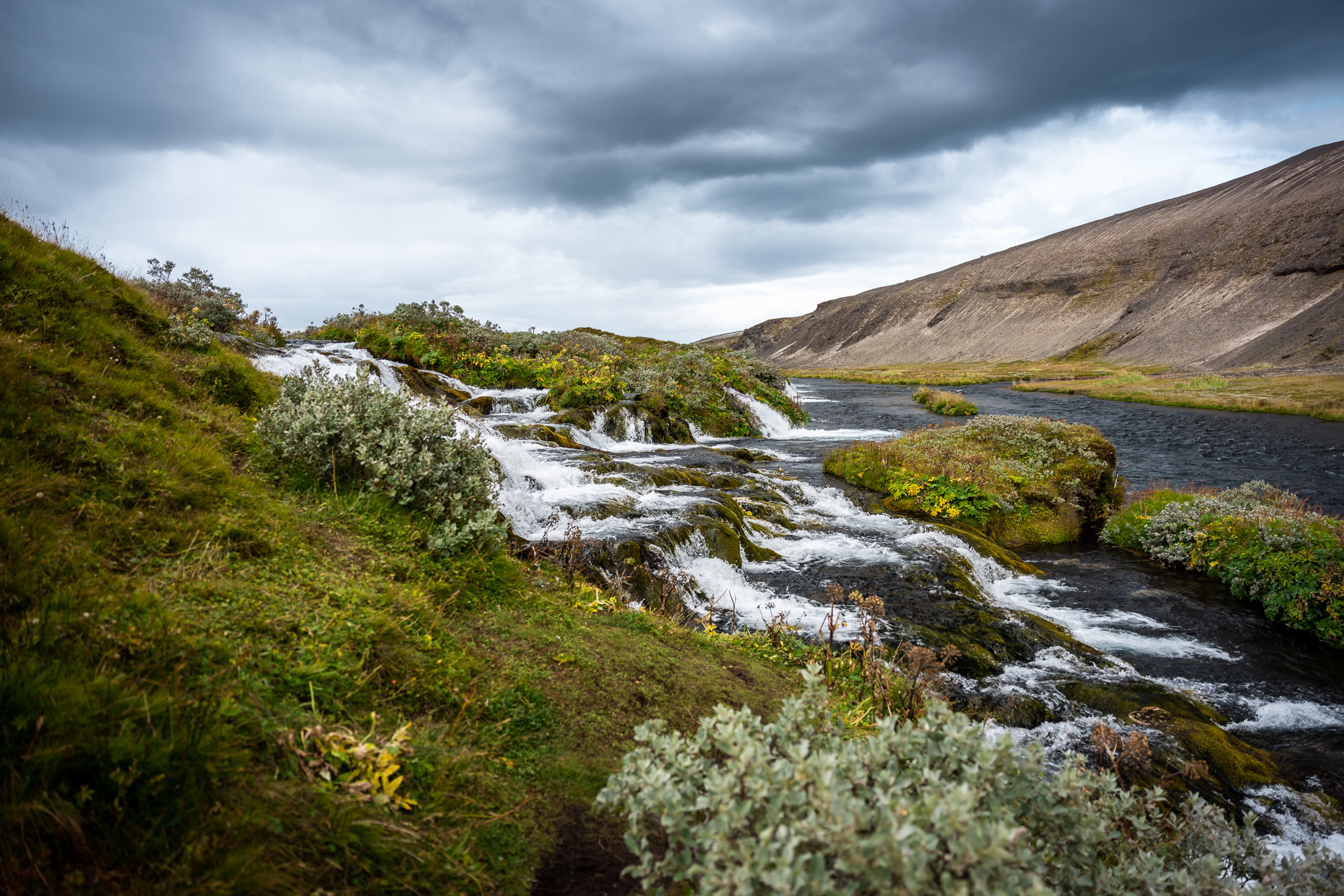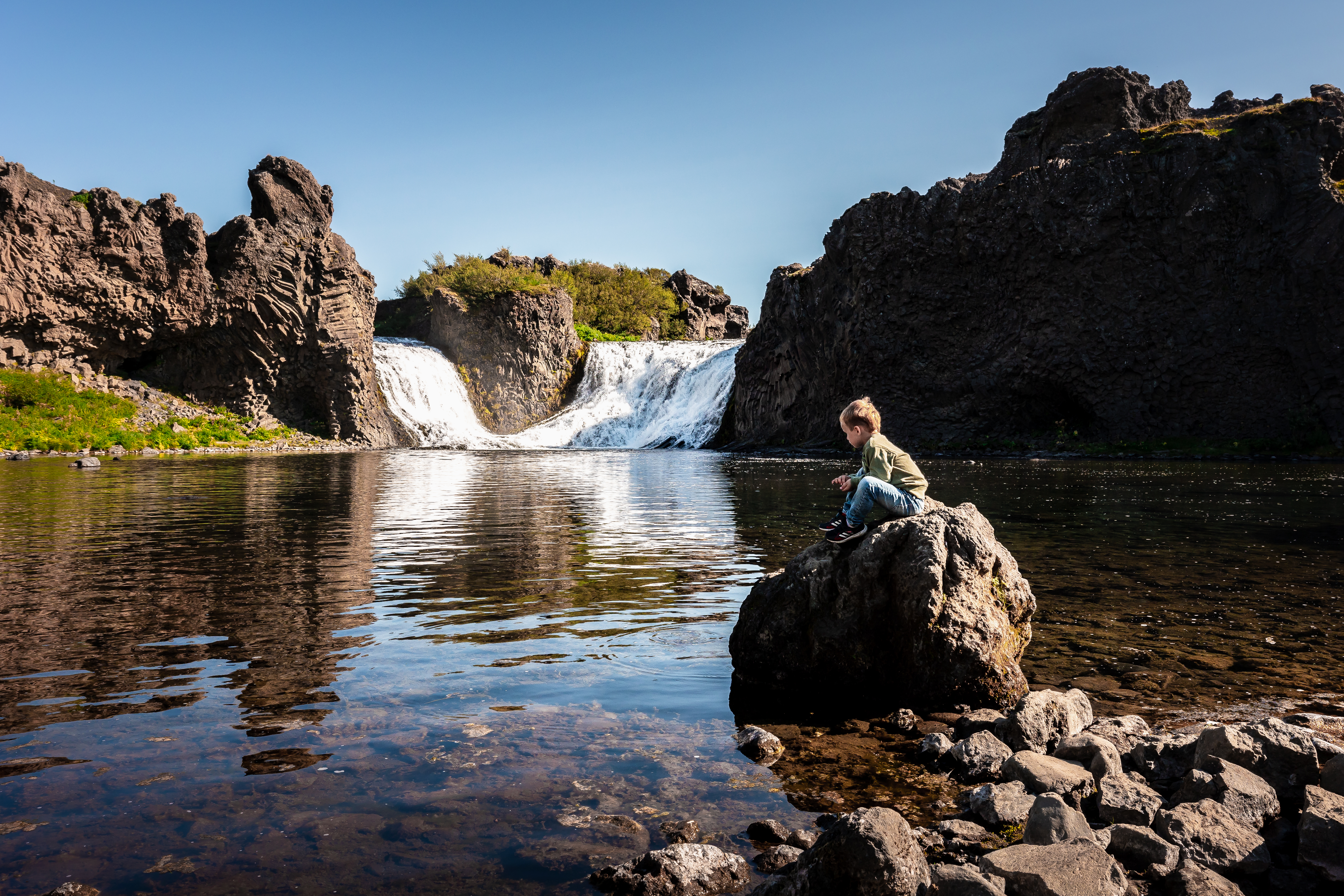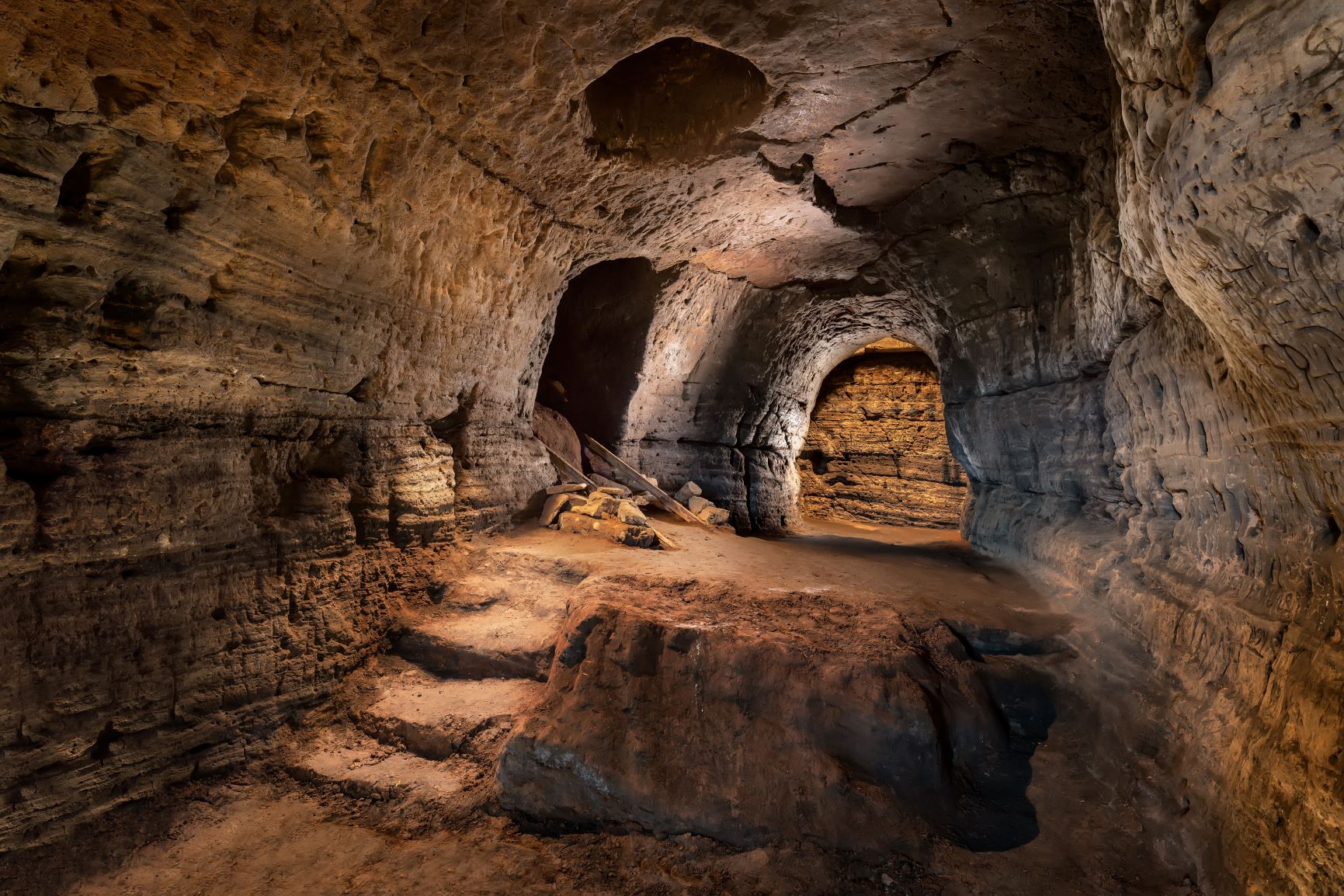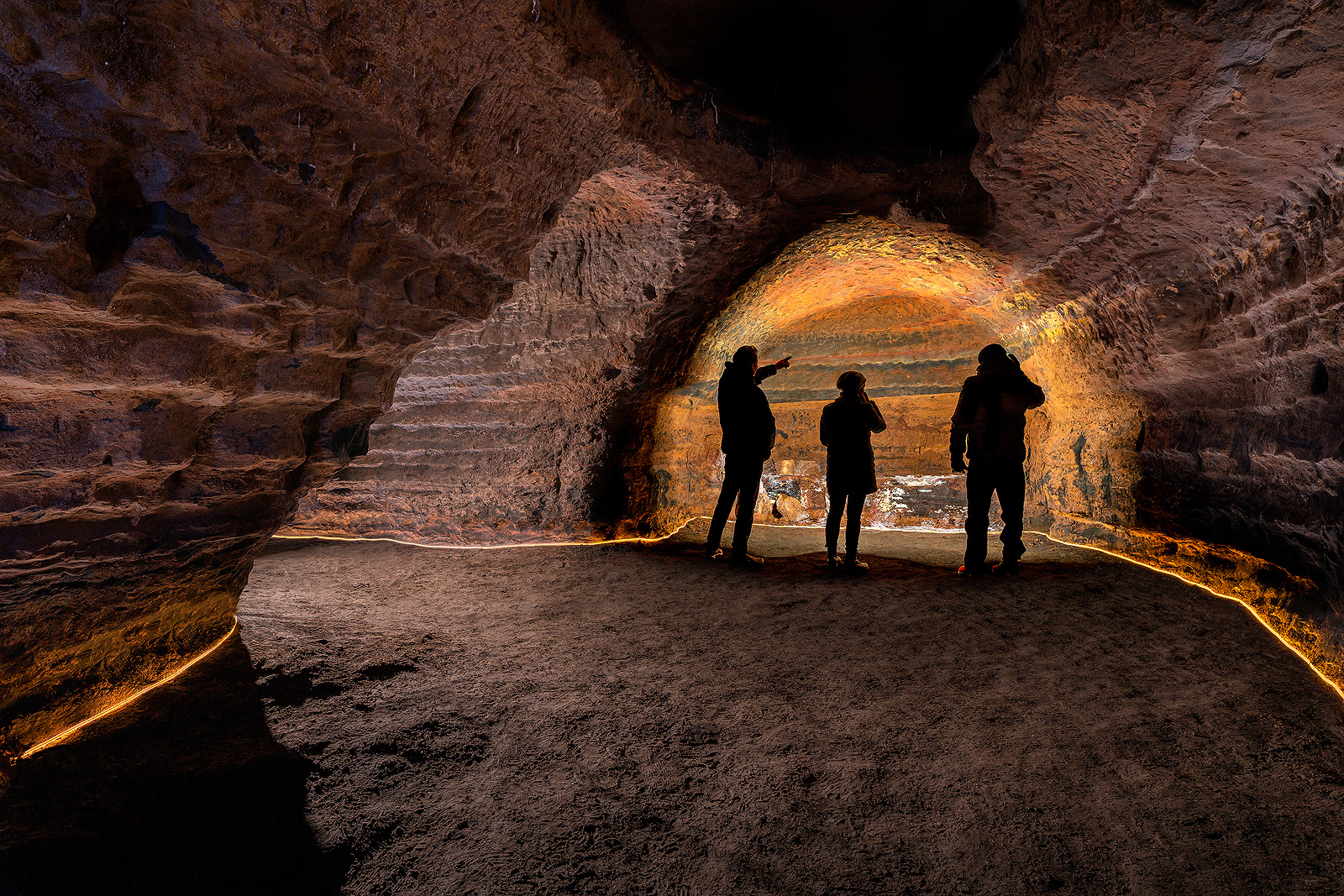Welcome to the vicinity of Hekla - stage three of The Volcanic Way
Hekla has been dubbed the Queen of Iceland’s volcanoes. The one that has erupted most frequently in recent years; rises 1,491 m over sea level and can be seen from long distances in South Iceland. Despite Hekla's frequent eruptions, this is a fertile farming region where people have lived since the Viking age or possibly longer. See Hekla up close while visiting Þjórsárdalur valley or book a tour into The Caves of Hella to learn more about the region's mysterious history.
